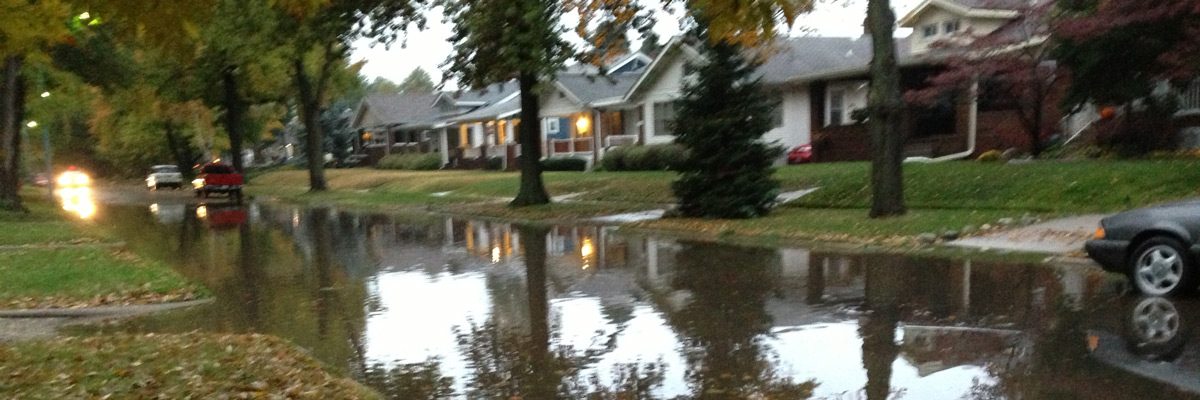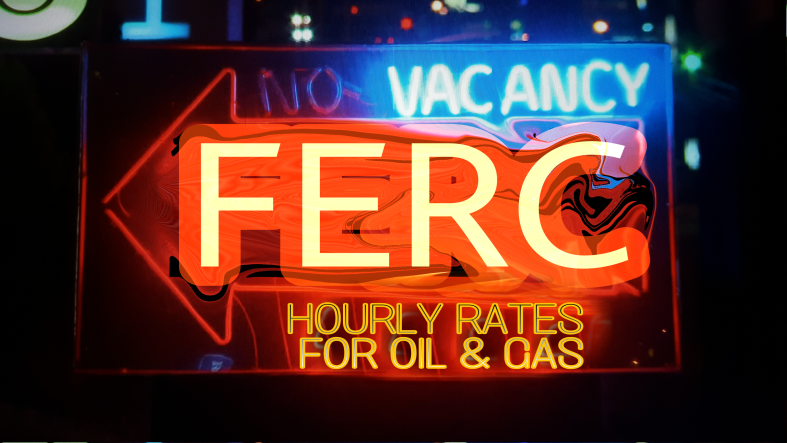I first read this here:
http://www.greenbiz.com/news/2011/02/28/cargill-cuts-co2-emissions-worlds-largest-kite-powered-ship
But it is just a lift from Cargill’s website.
http://www.cargill.com/news-center/news-releases/2011/NA3040908.jsp
Cargill propels shipping forward with largest kite-powered vessel
Date: 28 February 2011
Contacts:
Cargill:
Francis De Rosa, +44 1932 861174, francis_derosa@cargill.com
Corinne Holtshausen, +44 1932 861174, corinne_holtshausen@cargill.com
SkySails:
Anne Staack, +49 40 702 99 444, anne.staack@skysails.de
GENEVA, SWITZERLAND — 28 February 2011 — Cargill has signed an agreement with SkySails GmbH & Co. KG (SkySails) to use wind power technology to reduce greenhouse gas emissions in the shipping industry. SkySails, based in Hamburg, has developed innovative, patented technology that uses a kite which flies ahead of the vessel and generates enough propulsion to reduce consumption of bunker fuel by up to 35 percent in ideal sailing conditions.
Next December Cargill will install the 320m2 kite on a handysize vessel of between 25,000 and 30,000 deadweight tonnes, which the company has on long-term charter, making it the largest vessel propelled by a kite in the world. Cargill and SkySails aim to have the system fully operational in the first quarter of 2012. Cargill is currently helping SkySails develop and test the technology and has identified a ship-owner – supportive of environmental stewardship in the industry – with whom it will partner on the project.
The SkySails kite will be connected to the ship by rope and is computer-controlled by an automatic pod to maximise the wind benefits. The kite functions at a height of between 100 to 420 metres and flies in a figure of eight formation. The SkySails system is automated and requires only minimal action by the crew. An automatic control system steers the kite and adjusts its flight path. All information related to the system’s operation is displayed on the monitor of the SkySails’ workstation on the ship’s bridge.
“For some time, we have been searching for a project that can help drive environmental best practice within the shipping industry and see this as a meaningful first step”, said G.J. van den Akker, head of Cargill’s ocean transportation business. “The shipping industry currently supports 90 percent of the world’s international physical trade. In a world of finite resources, environmental stewardship makes good business sense. As one of the world’s largest charterers of dry bulk freight, we take this commitment extremely seriously. In addition to lowering greenhouse gas emissions, the SkySails technology aims to significantly reduce fuel consumption and costs. We are very impressed with the technology and see its installation on one of our chartered ships as the first part of an ongoing, long-term partnership.”
“We are delighted that Cargill is the first company to embrace our technology on a vessel this large as part of its commitment to help reduce greenhouse gas emissions in the shipping industry”, said Stephan Wrage, managing director of SkySails. “We are excited that our technology will shortly be used on a handysize vessel for the first time and see great potential to incorporate it on larger ships in the future.”
According to a United Nations (International Maritime Organisation) study, up to 100 million tonnes of carbon dioxide (CO2) could be saved every year by the broad application of the SkySails’ technology on the world merchant fleet.1 This figure would equate to 11 percent of the CO2 emissions of Germany.
Cargill is a significant global transporter of agricultural, energy and industrial commodities. Although the company does not today own or operate ships, its ocean transportation business ships more than 185 million tonnes of commodities each year, in the process connecting supply from areas of surplus with demand in areas of deficit.
Photos are available for download at http://www.skysails.info/english/information-center/press-lounge/photos-graphics/
:}
More tomorrow.
:}









